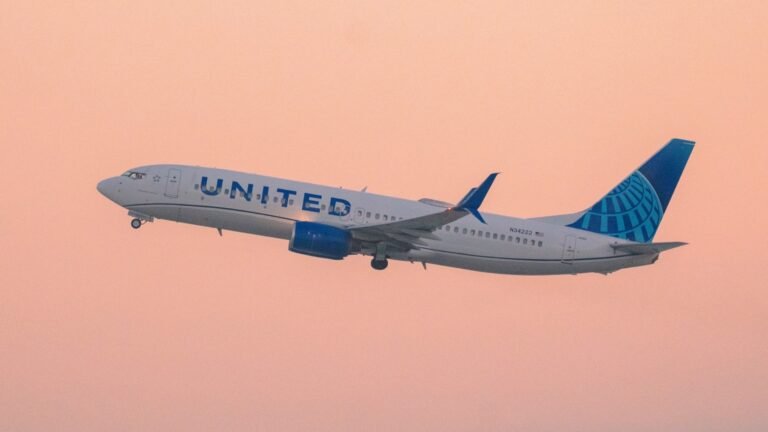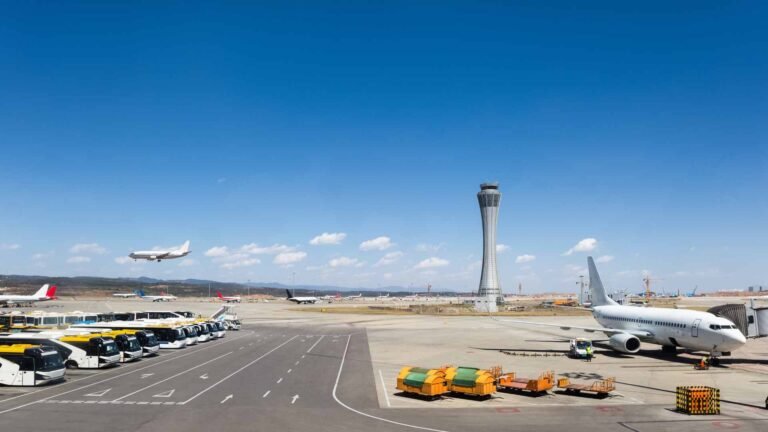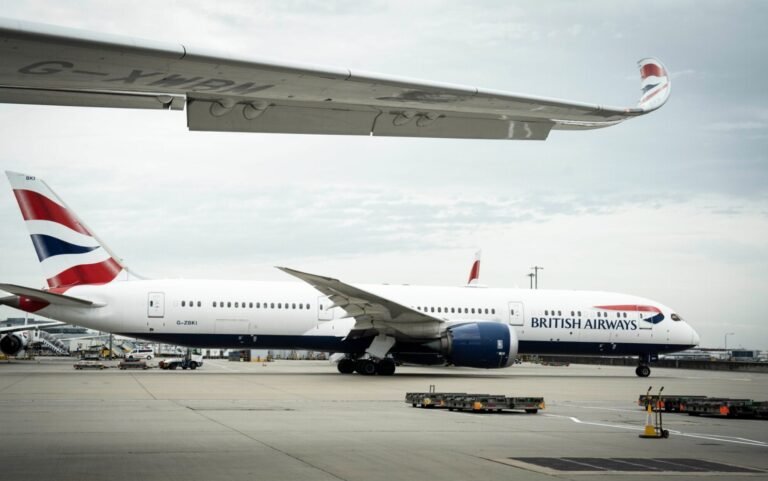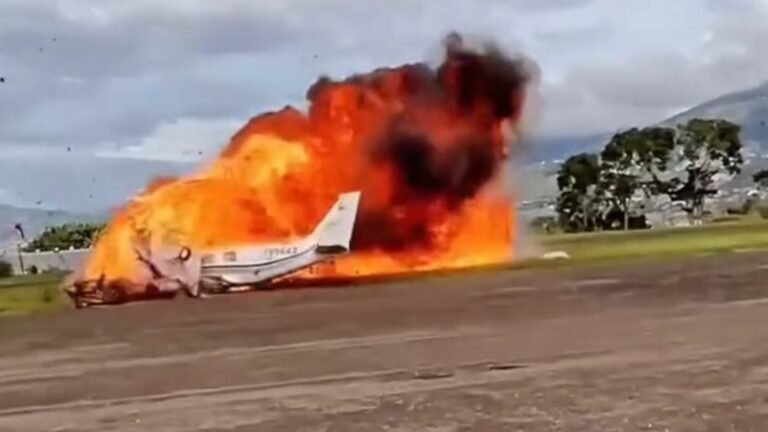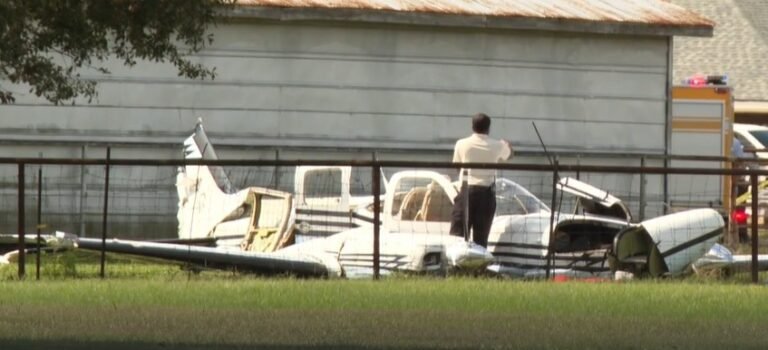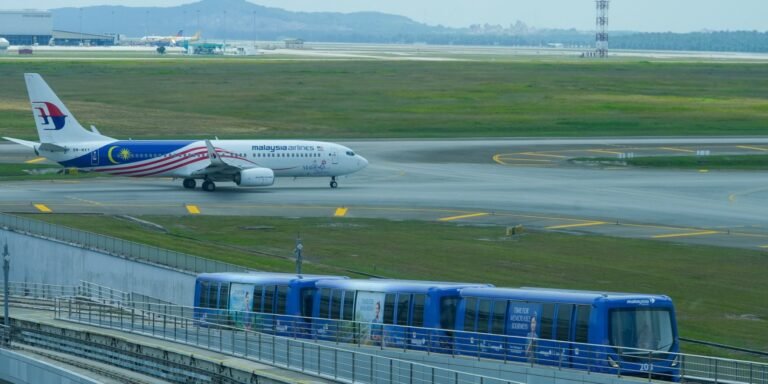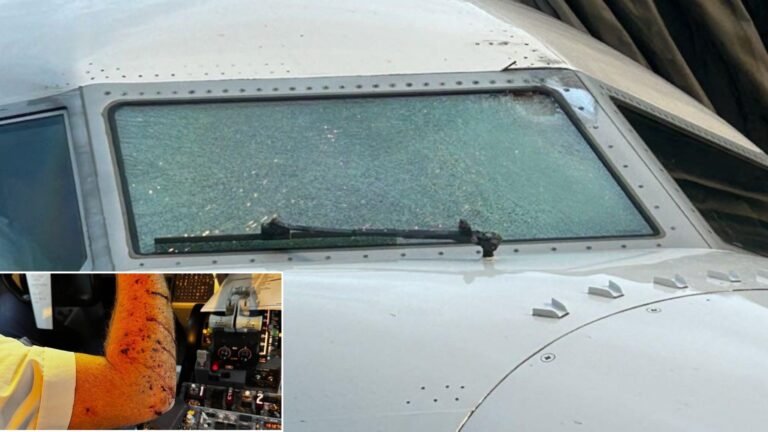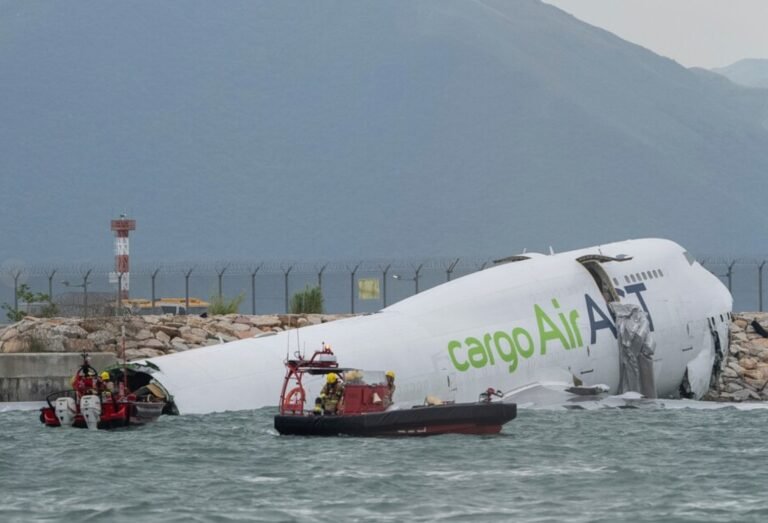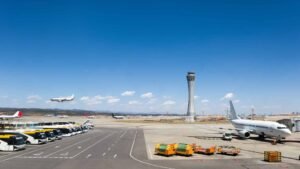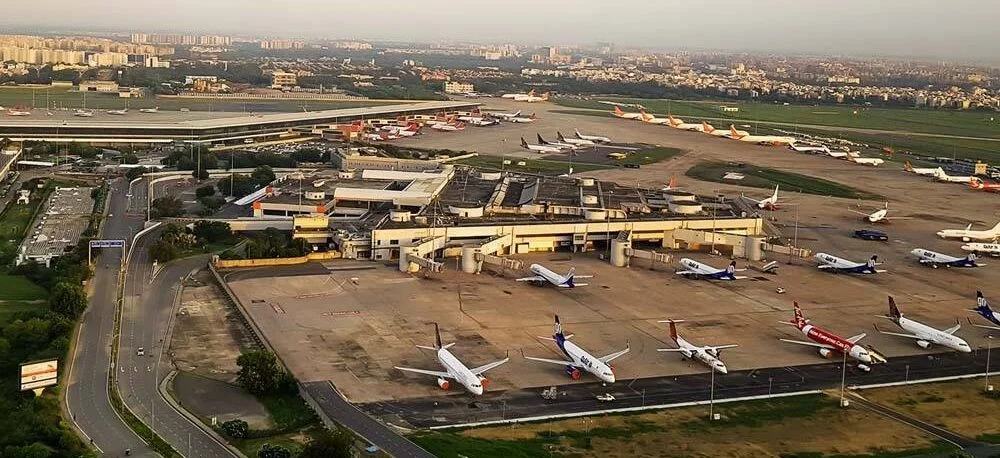
New Delhi, India: A Parliamentary Standing Committee has raised red flags over the mounting personnel crisis in India’s civil aviation regulatory framework, cautioning that the persistent staff shortage at the Directorate General of Civil Aviation (DGCA) now poses an “existential threat” to air safety. The committee has urged the government to immediately grant the DGCA full administrative and financial autonomy, a step it believes is essential for safeguarding the integrity of one of the world’s fastest-growing aviation markets.
The recommendations were part of the committee’s report, “Overall Review of Safety in the Civil Aviation Sector,” which comes at a time when Indian aviation is under heightened scrutiny following the June 12 crash of Air India flight AI 171. The tragedy, which killed 260 people, has triggered renewed debate about whether India’s regulatory institutions are adequately equipped to manage the pressures of rapid industry growth.
Earlier in a written response to the Lower House, the minister stated that 441 new positions were established at the DGCA as part of a restructuring exercise concluded between 2022 and 2024. The process of filling up the posts involves framing of recruitment rules and the action by the recruiting agencies like Union Public Services Commission (UPSC) and Staff Selection Commission (SSC). “The recruitment is a continuous process and posts are filled up according to the prescribed procedure” the minister said and added that BCAS is a deputation-based organisation.
The parliamentary panel underscored the seriousness of the DGCA’s manpower crisis, describing it as “profound and persistent.” According to the data it reviewed, the regulator has filled only 553 of 1,063 sanctioned posts, leaving nearly 50% of positions vacant.
This gap, the panel warned, has direct implications for safety oversight. At a time when the aviation sector is expanding at record pace with passenger traffic expected to nearly double by the end of the decade, the regulator’s inability to deploy sufficient inspectors, technical experts, and operational staff risks creating “systemic vulnerabilities.”
The report also zeroed in on the Airports Authority of India (AAI), which manages air traffic control operations nationwide. It flagged a severe shortage of Air Traffic Controllers (ATCOs) and pointed to a worrying pattern of staff fatigue caused by overwork.
The committee accused the AAI of routinely violating prescribed duty-time restrictions for controllers, a practice it deemed “an active and ongoing threat to the safety of the flying public.” In response, it recommended the urgent implementation of a national Fatigue Risk Management System (FRMS) to track workload, rest cycles, and fatigue among controllers. Additionally, it called for a detailed staffing audit across AAI operations to ensure adequate manpower levels are sustained.
Beyond staffing, the panel pressed for stronger measures to tackle runway incursions and high-risk operational events. It recommended that each incident undergo a comprehensive root-cause analysis, with corrective action taken to prevent recurrence.

